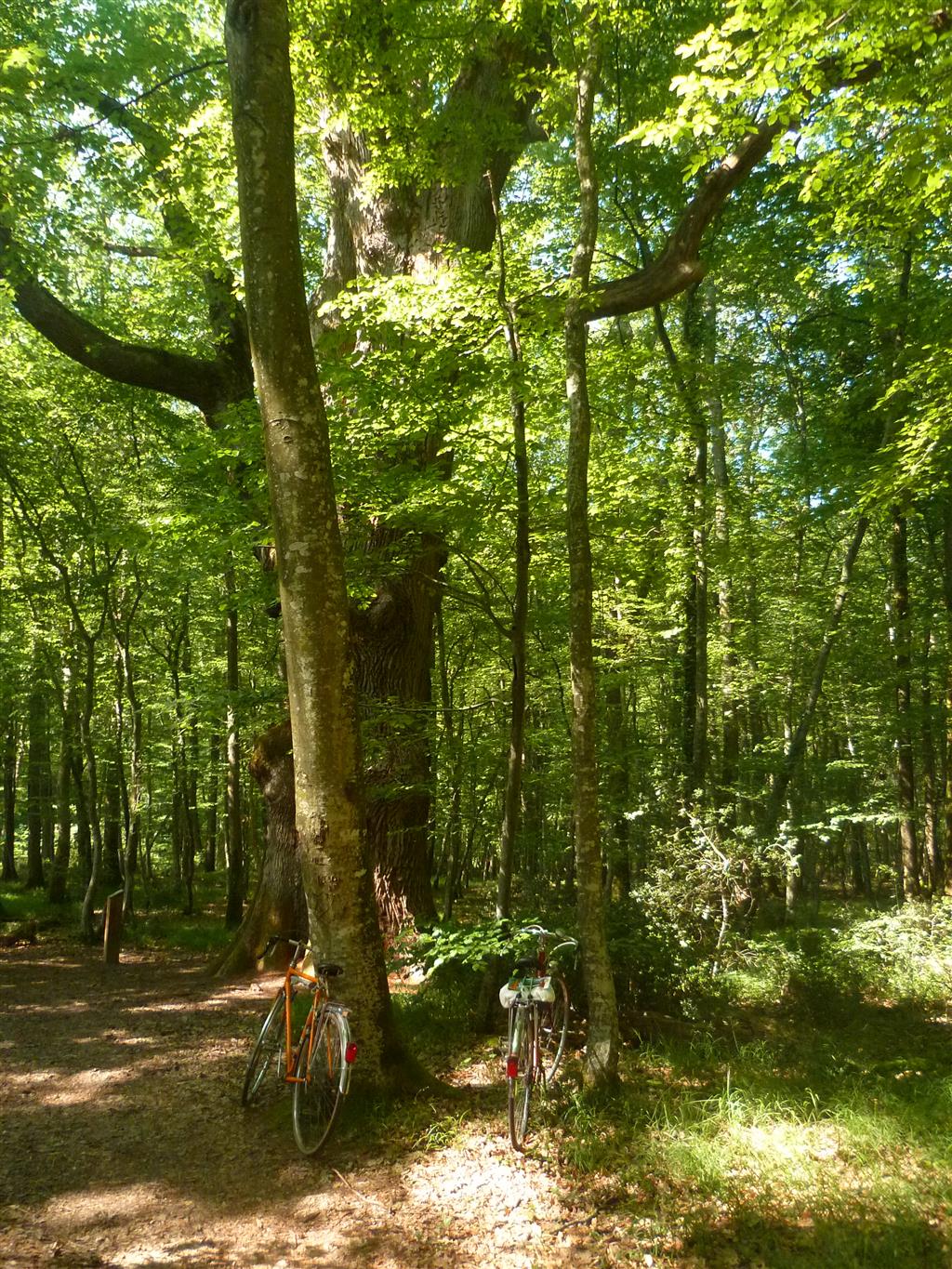The intercommunity in the country of Tronçais has its origin in the desire of local elected officials to develop tourism with the creation, in 1967, of a union of municipalities for the tourism development of the forest of Tronçais and its region (SIAT), a union that carried out, in 1969, the campsite of the Scots.
Aware of the lack of resources, elected officials are pushing for the creation of a structure with a larger scope. For example, the Mixed Tourism Planning Union was established on March 24, 1971. It includes the General Council of the Allier, the National Forestry Office, the Chamber of Commerce and Industry of Montluçon Gannat and SIAT.
A total of 15.5 million francs of work was carried out between 1969 and 1982, or 2,363,000 euros.
From the 1980s on, SIAT expanded its scope of intervention to broader economic development. It was replaced by the community of municipalities in the country of Tronçais in 1999.

The creation of the community of communes is the result of the free will of the municipalities: even if the perimeter of the community of communes is set by the prefect, it is the municipalities that agree or not to create the community of communes.
In order to do this, the conditions of majority must be met: 2/3 of the deliberations of the municipalities which represent 50% of the population (or vice versa) and the deliberation of the municipality or municipalities whose population represents more than 25% of the total population.
Therefore, the community of communes must be analysed as the result of a willingness of the municipalities to engage in inter-communal cooperation. The explanatory causes for the creation of a community of communes can be summarized as follows (without any hierarchy between these causalities):
In absolute terms, a municipality has nothing to gain from a community of municipalities from a financial point of view.
With the notable exception of the fact that the resumption of powers, as long as they were exercised for all or part by the municipalities, leads to the fact that the community of communes alone bears the burden of changing the cost of skills.
Beyond that, since the transfer of powers maximizes the endowment of intercommunity, but also, that the intercommunal structure can benefit from subsidies to which municipalities no longer have access, the accession to an inter-communal structure allows to decline policies that the municipalities cannot assume alone.